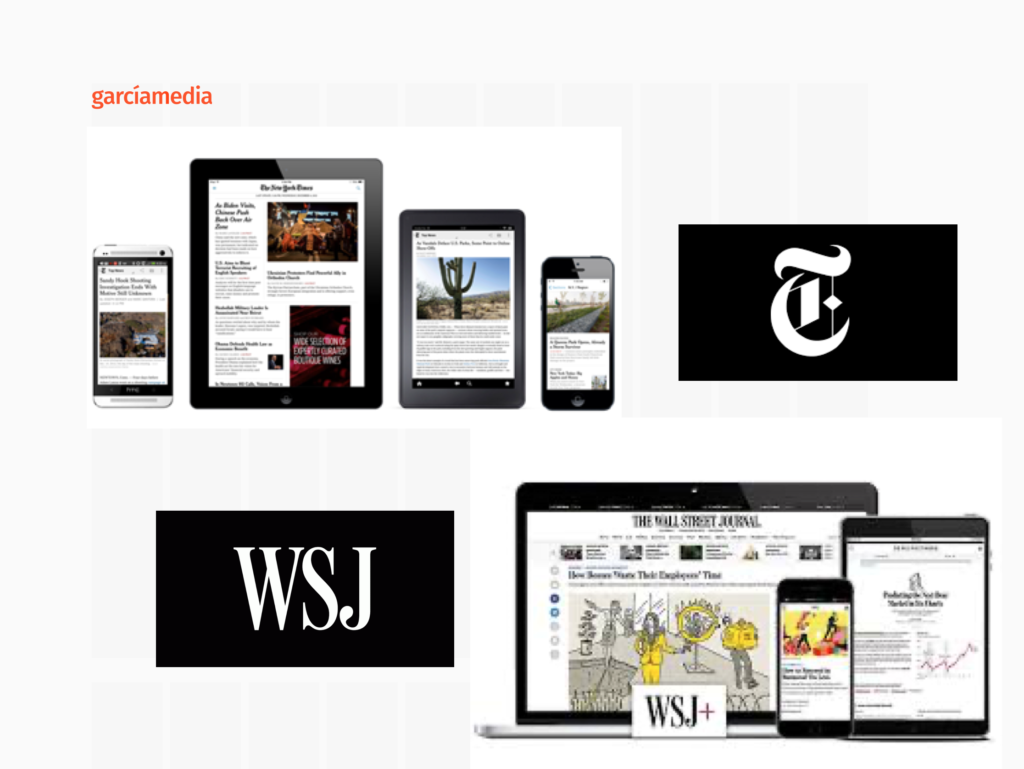
Of course, not every publication has the content, human and technological resources of The New York Times and The Wall Street Journal, both of which are newspapers of record and highly recognized brands with first rate journalism that for which readers will pay.
However, when I read this Nieman Lab piece, I see beyond these two mega brands, and into what seems to be the future: more readers paying for digital content, an effort that can only happen when news brands adapt their content for digital consumption, emphasize investigative journalism, coverage that becomes essential and, of course, that is as local as it can be.
But back to the numbers announced last week by the Times and the Journal:
On Thursday, it was The New York Times Company’s turn, throwing out some big numbers: 5,251,000 total subscriptions across all print and digital, 4,395,000 total digital subscriptions (including Cooking and Crosswords), and 3,429,000 digital news subscribers.
On Friday, it was News Corp’s turn, announcing that its Wall Street Journal had topped 2 million digital subscriptions for the first time, and that Dow Jones — which also includes Barron’s, its news wires, Factiva, and some other information businesses — had topped 3.5 million digital subs.
Of course, the reality for many medium size newspapers globally—and I hear this everyday before 11 a.m. usually——“print continues to be the cash cow”. This is true, but it will not be like that forever, and not the in the long run. I advise my clients to give print its place, and to nurture it and not abandon it, but to move aggressively in the direction of mobile first strategies, with such tips as:
- Restructure the newsroom to allow for content managers who monitor stories for constant updating.
- Rethink how a story flows from push notification to in depth analysis, when needed.
- Train reporters to write for the smallest mobile platform first.
- Write, edit and design from small to large platform, not the other way around.
- Abandon the notion of editions, and chase stories.
These are strategies that both the Times and the Journal have perfected. I continue to learn much from both of those publications and how they curate content, produce briefings and newsletters and strive to adapt storytelling techniques to the platform where it will be consumed.
Indeed, I still enjoy my print edition of the Sunday New York Times, but I enjoy even more the variety of stories that are presented in such appealing way for me to consume them on my iPhone. That’s the reason that I, and millions of other users, pay for what the Times produce.
Read all about it here
Let The Story guide your mobile first strategy!
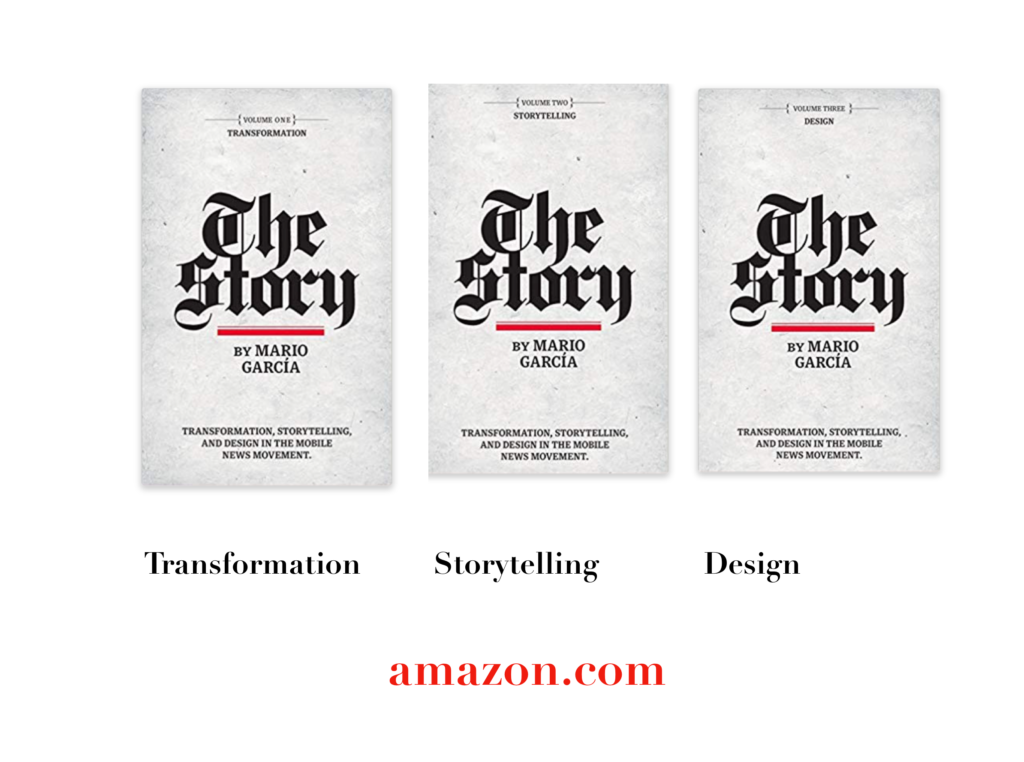
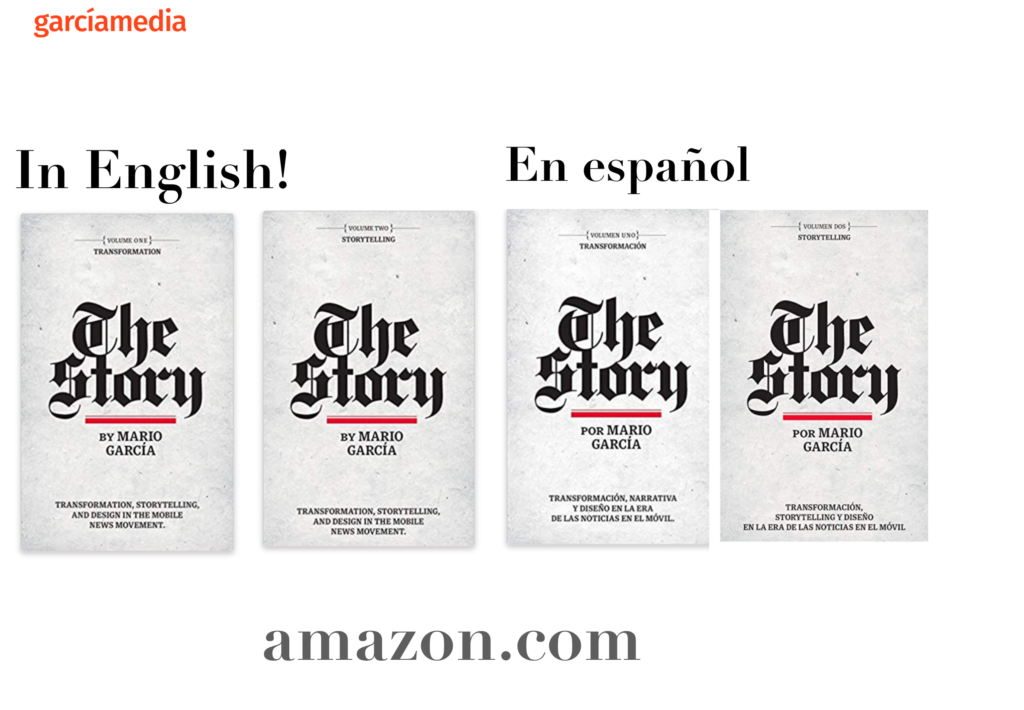
A good read to start the year 2020: The full trilogy of The Story now available–3 books to guide you through a mobile first strategy. Whether you’re a reporter, editor, designer, publisher, corporate communicator, The Story is for you! https://amazon
Mario’s speaking engagements
March 13, 2020, National Media College Association, New York City, NY, USA
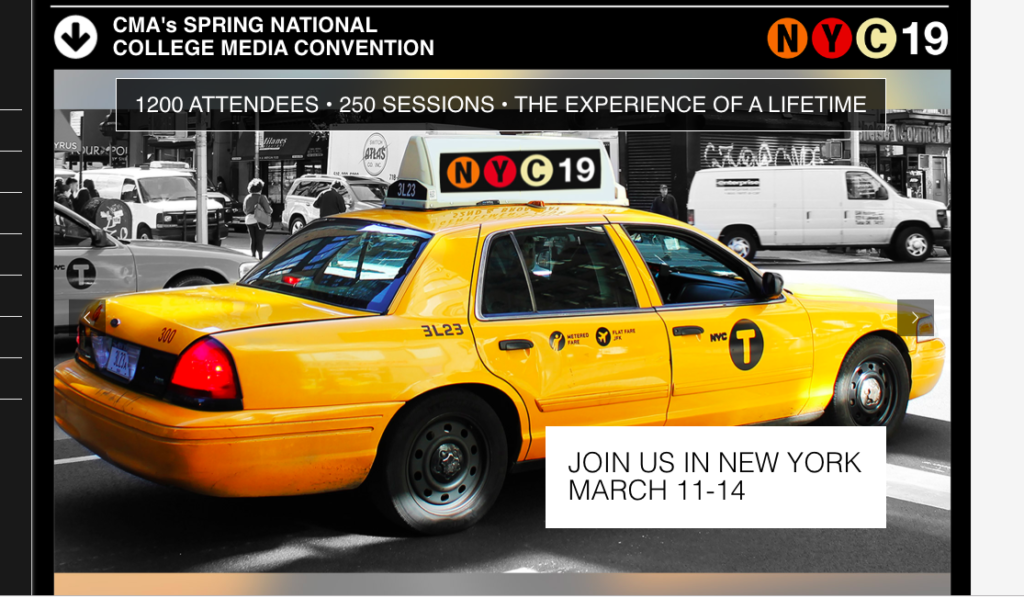
Keynote presentation at the National Media College Association Spring Convention.
March 27, 2020, New York Press Association (NYPA), Sarasota Springs, NY, USA

April 22, 2020, Newscamp 2020, Augsburg, Germany
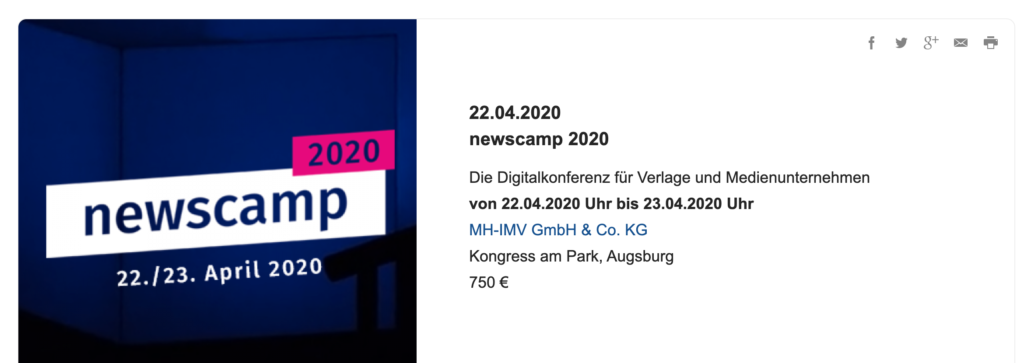
https://medienkalender.bayern/event/newscamp-2020
April 26, 2020, INMA World Congress, Paris, France
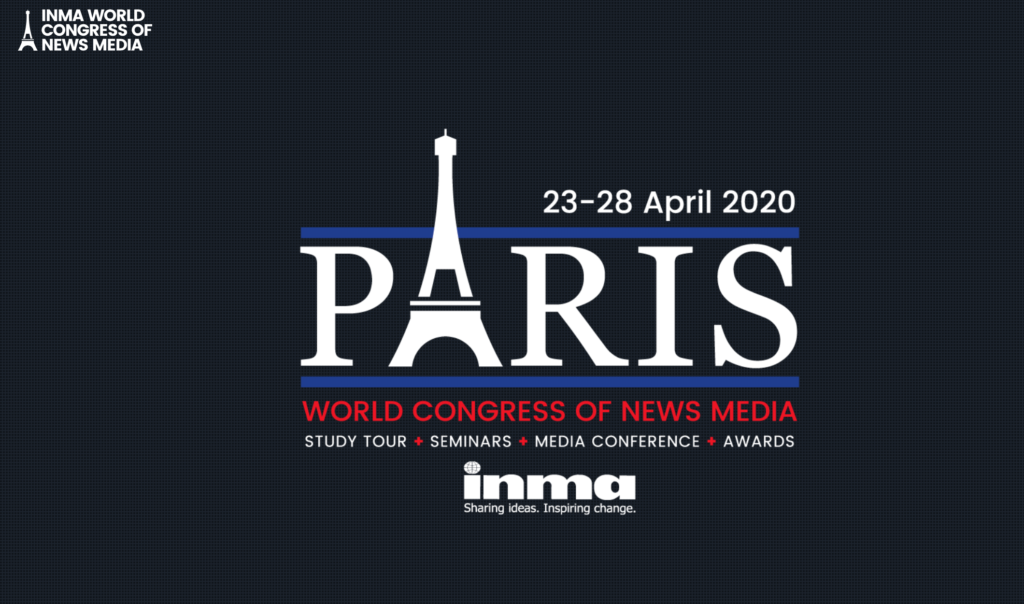
TheMarioBlog post # 3205